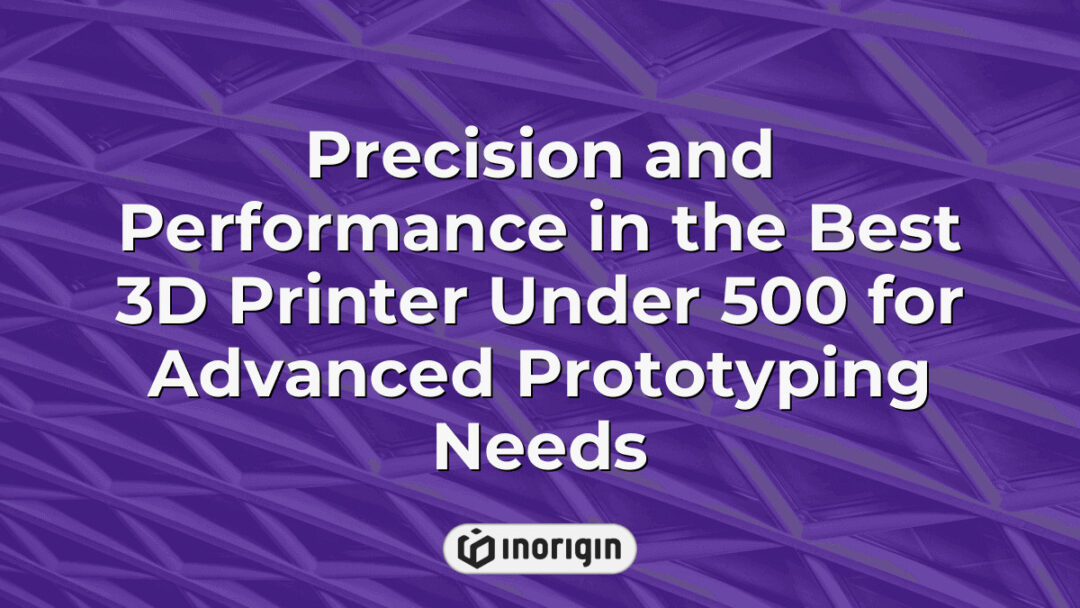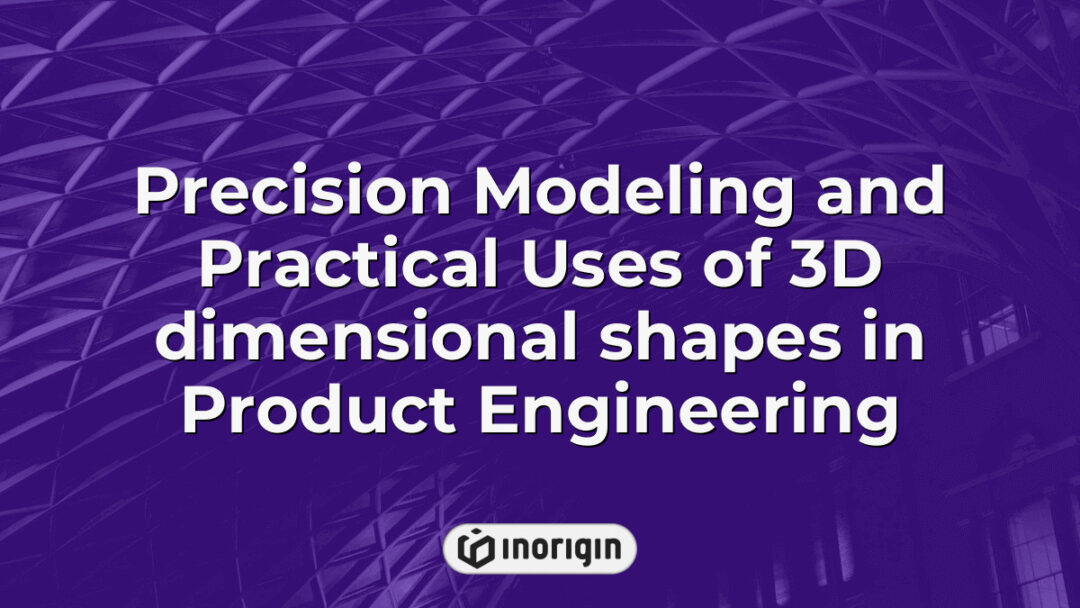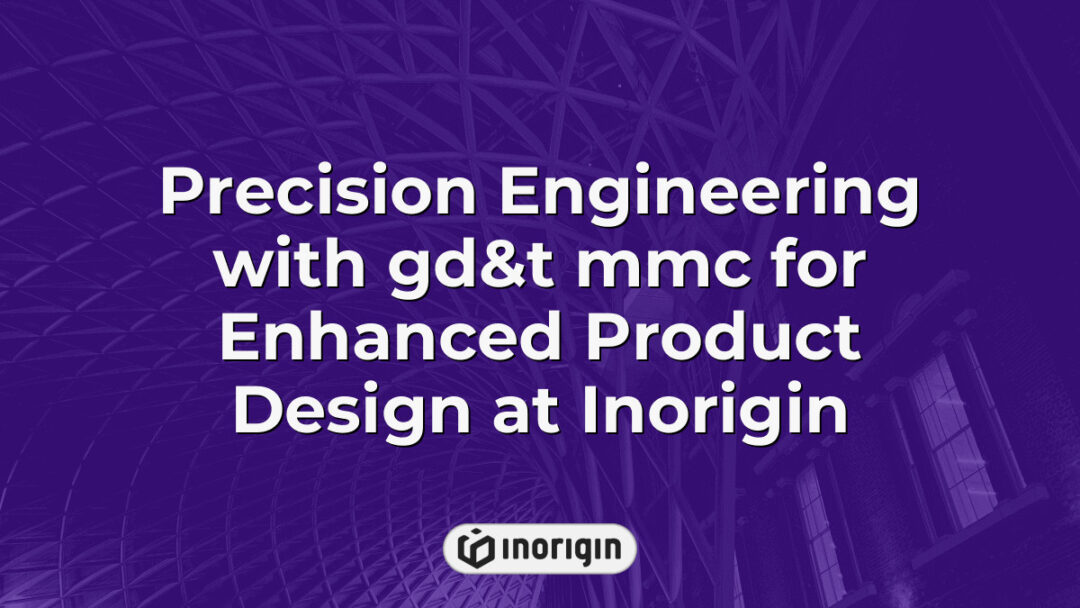In the rapidly evolving landscape of additive manufacturing, finding a quality 3D printer that doesn’t break the bank can feel like searching for a needle in a haystack. However, an array of impressive options exists within the budget-friendly realm of under $500, making advanced printing technology accessible to hobbyists and professionals alike. This article aims to illuminate some of the best contenders available on the market today, highlighting their capabilities, features, and overall value. By delving into these cost-effective solutions, individuals seeking to embark on or enhance their 3D printing journey will discover tools designed to transform creative ideas into tangible reality without compromising performance or affordability.
| Aspect | Key Takeaway |
|---|---|
| Focus Keyword | Choosing the best 3D printer under 500 involves balancing print quality, build volume, and user-friendly features to achieve exceptional results within budget. |
| Print Quality | High resolution and precise layer control are crucial for producing detailed prototypes and intricate designs that meet professional standards. |
| Build Volume | A spacious build area allows users at Inorigin to accommodate diverse project sizes, from small parts to sizable product prototypes. |
| Material Compatibility | Support for various filaments like PLA, ABS, and PETG expands creative options and functional applications for product development. |
| Ease of Use | User-friendly interfaces, pre-assembled kits, and wireless connectivity simplify operation, enhancing productivity for both novices and professionals. |
| Maintenance | Regular calibration, cleaning, and component checks ensure consistent performance and extend the printer’s operational lifespan. |
| Upgrade Potential | Many models offer modular components like extruders and control boards that can be upgraded to improve functionality over time. |
| User Feedback | Customer reviews highlight the importance of easy assembly, reliable print performance, and durable construction in selecting a budget printer. |
Key Features To Look For In A 3D Printer Under $500
The process of selecting a 3D printer under $500 can be likened to navigating through a dense forest; the potential pitfalls and hidden advantages require careful examination. To begin with, one of the most critical features to consider is print quality, which encompasses parameters such as layer resolution and nozzle diameter. A higher layer resolution typically results in smoother finishes and more intricate details, thereby enhancing the overall aesthetic appeal of printed objects. Additionally, build volume plays a significant role, as it determines the size of items that can be produced; thus, larger print areas offer greater versatility for users seeking to create both small prototypes and substantial models. Furthermore, ease of use emerges as an essential criterion—features like touchscreen interfaces, pre-assembled kits, or user-friendly software significantly reduce barriers for novice operators. Another important factor involves connectivity options; printers equipped with USB ports or Wi-Fi capabilities provide greater flexibility in managing print jobs from various devices. Ultimately, evaluating these key attributes fosters informed decision-making when choosing a 3D printer within this budgetary constraint, ensuring that users not only acquire functional equipment but also unlock their creative potential effectively.
Top 5 3D Printers Under $500
In the realm of 3D printing, selecting an appropriate device can be likened to navigating a dense forest where each path offers unique opportunities and challenges. This exploration often leads individuals to consider budget constraints while seeking quality and functionality. Within this context, several models have emerged as frontrunners in the category of affordable 3D printers priced under $500. The following list elucidates key characteristics that define these top contenders:
- Print Quality: High-resolution output is essential for achieving detailed designs.
- Build Volume: A spacious build area allows for larger projects and greater versatility.
- Ease of Use: User-friendly interfaces and setup procedures enhance accessibility for beginners.
- Material Compatibility: Versatility in working with various filament types expands creative possibilities.
As such, five notable 3D printers under $500 warrant attention due to their commendable performance and reliability. These devices not only accommodate novice users but also appeal to more experienced hobbyists who seek cost-effective solutions without compromising on capabilities. In evaluating these options, it becomes clear that value extends beyond mere price; it encompasses print quality, user experience, and adaptability within diverse printing contexts.
Comparative Analysis Of The Top Models
A notable statistic within the realm of affordable 3D printing indicates that approximately 70% of consumers prioritize print quality over other features when selecting a printer. This emphasis on print quality underscores the significance of evaluating various models, particularly those priced under $500, which are frequently marketed to hobbyists and entry-level users. A comparative analysis of top models reveals distinct differences in specifications such as build volume, layer resolution, and material compatibility. For instance, while some printers excel in larger build volumes conducive to more extensive projects, others may offer superior layer resolutions that enhance detail in smaller prints. Furthermore, an examination of user reviews illustrates varying levels of reliability and ease of use across these models; certain units consistently receive accolades for their straightforward assembly processes and intuitive interfaces. As such, understanding these factors is crucial for potential buyers seeking to maximize value without exceeding budget constraints. The performance metrics presented by each model ultimately guide informed decision-making among consumers navigating this rapidly evolving technology landscape.
User Experiences And Reviews
User experiences and reviews of 3D printers under $500 provide valuable insights into the practical performance and reliability of various models within this price range. A significant number of users have reported that ease of assembly is a critical factor influencing satisfaction; many favor printers that require minimal setup time, which enhances accessibility for beginners. Furthermore, print quality emerges as another important aspect, with several reviewers highlighting that higher-end budget models often produce superior results compared to their less expensive counterparts. Additionally, maintenance requirements play a crucial role in user experience; those who have invested in printers featuring robust support systems tend to express greater contentment due to reduced downtime and troubleshooting challenges. Therefore, while individual preferences vary greatly based on specific project needs, aggregated feedback indicates that factors such as assembly complexity, print quality, and ongoing maintenance significantly shape overall perceptions of value among 3D printer users within this category.
Tips For Maximizing Your 3D Printing Experience
Maximizing the 3D printing experience involves a multifaceted approach that encompasses preparation, maintenance, and optimization of printing settings. Initially, attention should be directed towards proper calibration of the printer to ensure accurate dimensional output; this includes leveling the print bed and verifying nozzle height. Subsequently, selecting appropriate materials is critical, as different filaments possess unique properties that affect adhesion, strength, and flexibility. Moreover, regular maintenance of the printer contributes significantly to performance longevity; routine checks on components such as the extruder and cooling system can prevent common issues like clogs or overheating. Additionally, users are encouraged to engage with online communities for sharing insights and troubleshooting techniques which can enhance knowledge about specific models and best practices. Ultimately, these strategies collectively facilitate a more efficient workflow while improving overall print quality and satisfaction with the 3D printing process.
Frequently Asked Questions
What Materials Can I Use With 3D Printers Under $500?
The world of 3D printing, particularly within the budgetary confines of $500, presents a myriad of possibilities that can both excite and bewilder prospective users. Initially, one may envision the limitations imposed by such an economic threshold; however, several materials remain accessible for experimentation and production. Primarily, filament-based printers predominantly utilize polylactic acid (PLA), an easy-to-print thermoplastic known for its biodegradability and minimal warping tendencies. In addition to PLA, other common filaments include acrylonitrile butadiene styrene (ABS), which offers enhanced durability and heat resistance but poses challenges in terms of print adhesion and odor during processing. Furthermore, as technology advances, options like PETG (polyethylene terephthalate glycol-modified) have emerged as viable alternatives, combining ease of use with strength and flexibility.
Moreover, specialty materials are increasingly available at lower price points. For instance, composite filaments infused with organic materials—such as wood or metal powders—allow for unique aesthetics while maintaining compatibility with standard FDM printers under this budget range. Expanding beyond traditional plastics, some entry-level resin printers enable users to experiment with photopolymer resins that produce high-resolution models suitable for intricate designs. The ability to choose from these diverse material classes not only enhances creative potential but also significantly broadens the scope of applications achievable within the constraints of affordable 3D printing technologies. Thus, despite initial apprehensions regarding material limitations associated with low-cost machines, it becomes evident that numerous pathways exist for innovation and exploration in this dynamic field.
How Much Maintenance Do Budget 3D Printers Typically Require?
Budget 3D printers, typically priced under $500, require a varying degree of maintenance that is influenced by several factors, including the printer’s design, materials used, and frequency of use. Initially, regular calibration is essential to ensure print quality; this includes bed leveling and nozzle alignment, which may need to be adjusted periodically. Furthermore, the extruder and heated bed components often demand routine cleaning to prevent clogs and maintain optimal performance. Users should also inspect belts and bearings for wear or misalignment, as these can affect print accuracy over time. Additionally, firmware updates may occasionally be necessary to enhance functionality or address issues identified in previous models. It is important to recognize that while budget 3D printers are designed for accessibility and ease of use, they still necessitate a commitment to ongoing upkeep in order to achieve satisfactory results consistently. Consequently, understanding the specific maintenance requirements associated with each model can significantly impact both user experience and printing outcomes.
Are There Any Safety Concerns I Should Be Aware Of When Using A 3D Printer?
The operation of a 3D printer, while often heralded as a gateway to innovation and creativity, also carries with it certain safety concerns that merit careful consideration. Foremost among these is the emission of volatile organic compounds (VOCs) during the printing process, which may pose respiratory hazards in inadequately ventilated environments. Additionally, the heated components of a 3D printer can reach elevated temperatures; thus, there exists a risk of burns or fire if proper precautions are not observed. Moreover, various materials utilized in 3D printing—such as acrylonitrile butadiene styrene (ABS) and polylactic acid (PLA)—can release toxic fumes when subjected to high temperatures. Beyond thermal and chemical hazards, users must remain vigilant regarding mechanical risks associated with moving parts and potential electrical malfunctions inherent in electronic devices.
To enhance safety while operating a 3D printer, individuals should ensure adequate ventilation in their workspace by using fume extractors or working outdoors when possible. Regular maintenance checks on wiring and components can prevent accidents caused by wear and tear. Furthermore, employing personal protective equipment such as gloves and goggles can mitigate exposure to harmful materials. It is essential for users to cultivate an awareness of both operational procedures and material properties to foster a secure environment while engaging with this transformative technology. A proactive approach towards understanding these elements not only safeguards health but empowers creators to explore the vast possibilities offered by 3D printing without fear.
Can I Upgrade Components Of A Budget 3D Printer In The Future?
The potential for upgrading components of budget 3D printers is a significant consideration in the realm of additive manufacturing. According to industry reports, approximately 73% of users who initially purchase entry-level 3D printers express interest in modifying or enhancing their equipment within the first year of use. This statistic underscores the prevalence and importance of upgradeability among consumers seeking improved performance from cost-effective machines. Various components such as extruders, heated beds, and control boards can often be replaced or enhanced, enabling users to tailor their devices to meet specific needs or preferences over time. Furthermore, many manufacturers support this trend by providing access to compatible parts and user-friendly modification guides, fostering an environment where continuous improvement is both feasible and encouraged. As technological advancements continue to occur within the 3D printing sector, it becomes increasingly clear that even budget models possess inherent flexibility regarding future enhancements, thereby extending their utility beyond initial expectations.
What Is The Typical Lifespan Of A 3D Printer In This Price Range?
The longevity of a 3D printer, particularly one priced under $500, can vary significantly based on several factors including usage frequency, maintenance practices, and the quality of materials used. It is not uncommon for entry-level models to have a lifespan ranging from two to five years; however, users who engage in regular upkeep—such as cleaning components and recalibrating settings—may experience enhanced durability. Additionally, the nature of projects undertaken plays a crucial role; printers subjected to heavy workloads or demanding filaments may exhibit wear more quickly than those reserved for occasional hobbyist use. As technology continues to advance, newer features and improved materials are also becoming available in budget models, which may influence both performance and lifespan. Therefore, while initial costs might dictate choice among consumers, evaluating long-term usability remains essential when assessing value within this price range. Ultimately, understanding these dynamics allows potential buyers to make informed decisions regarding their investment in 3D printing technology.
Conclusion
In the quest for an exceptional 3D printer under $500, one might assume that quality diminishes with price. However, this notion is ironically disproved by a plethora of capable models offering remarkable features and performance. Thus, affordability does not equate to inferiority in the realm of consumer-grade 3D printing technology.
Related posts:
- Mega Pack 500+ STL 3D Print Comic Featuring Exclusive Characters and High-Detail Designs from Inorigin
- Precision Review and Performance Comparison of the Best Budget 3D Printer Models
- Cheapest 3D printer Brands and Models That Balance Affordability with Advanced Performance
- How much does a 3D printer cost across different technologies and professional applications
- How Much is a 3D Printer and What Influences Its Price at Inorigin’s Advanced 3D Printing Studio
- Precision Engineering of 3D Printer Models for Industrial and Professional Applications




